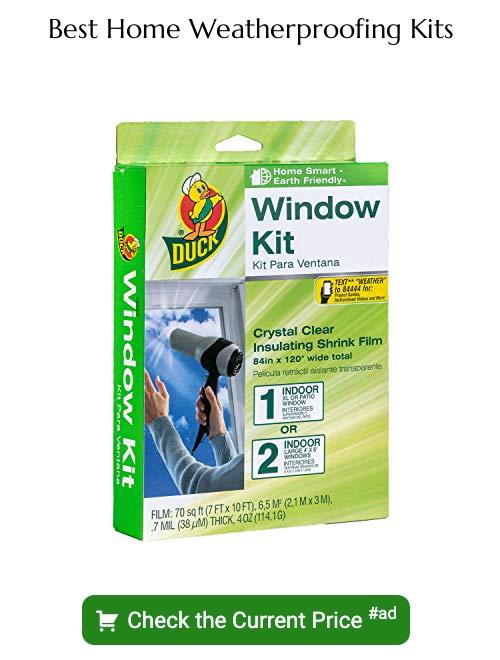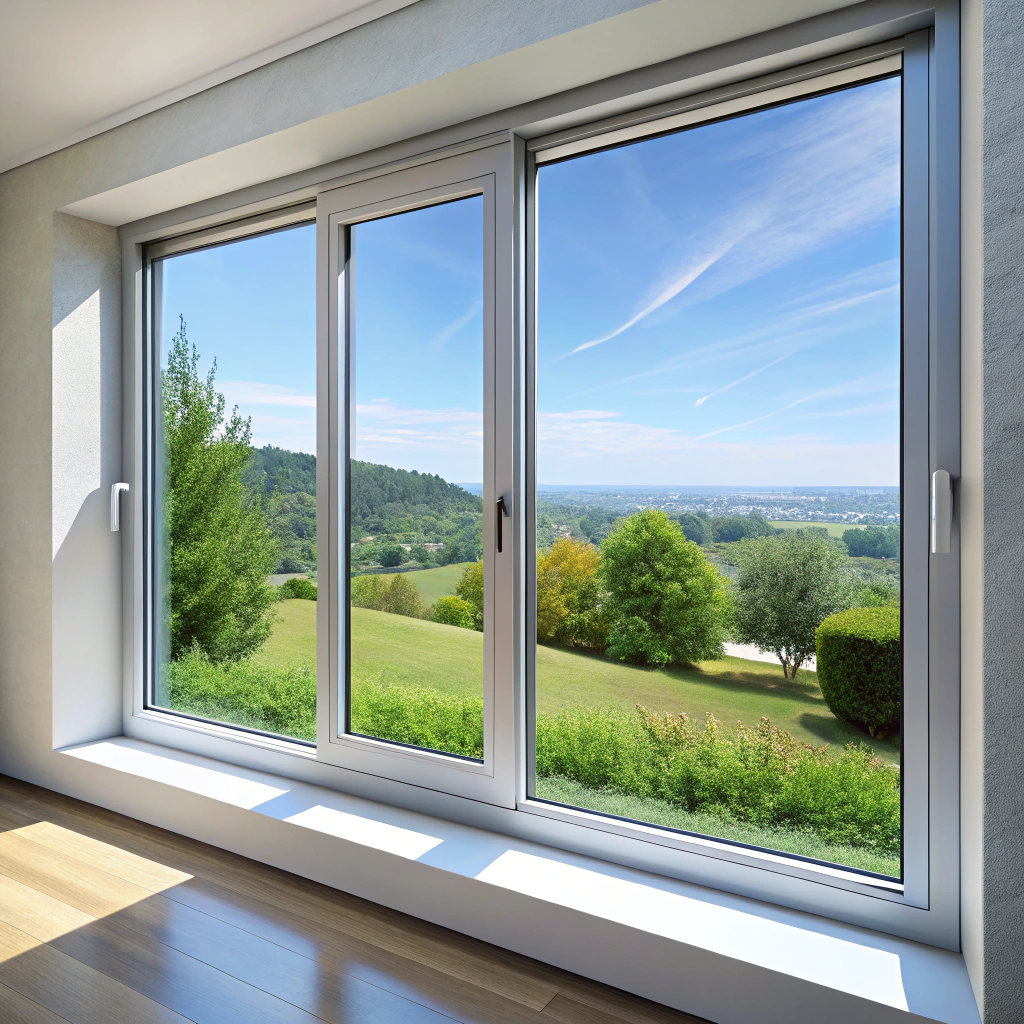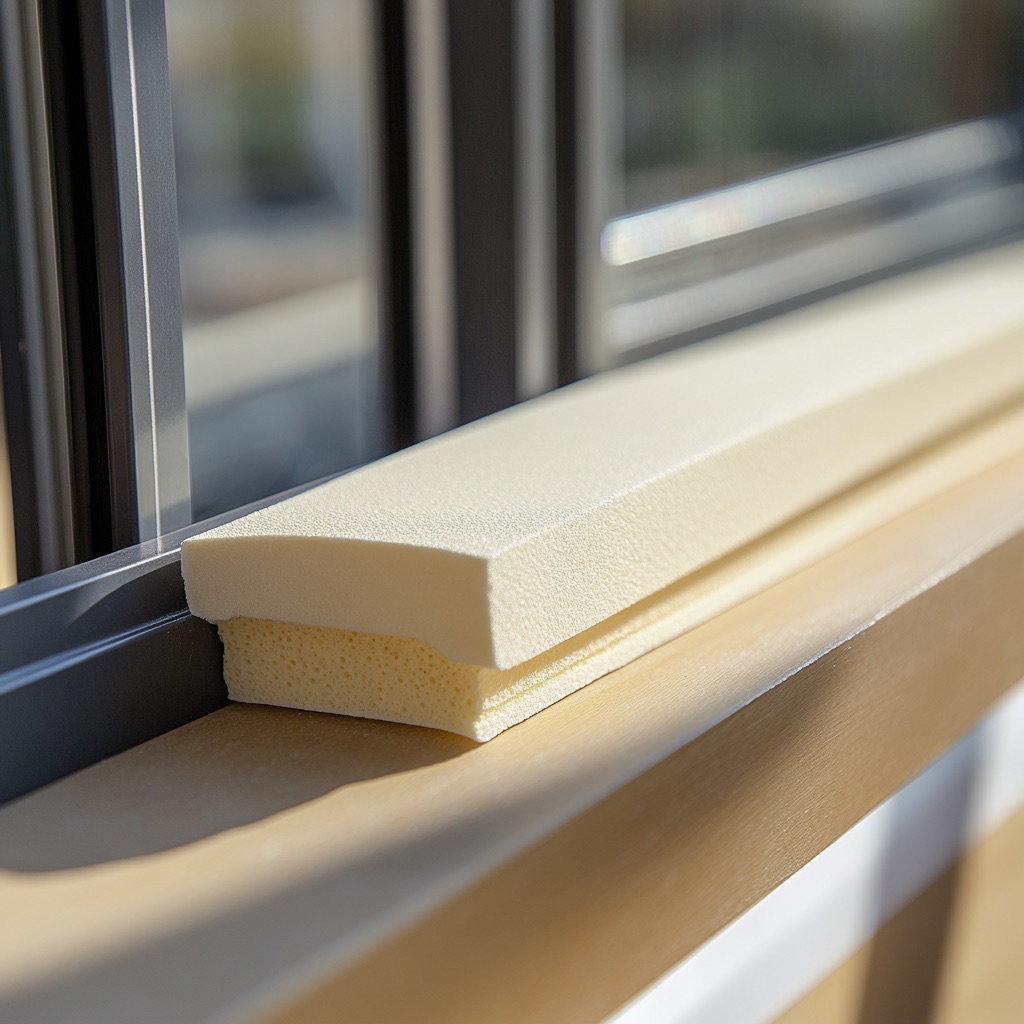Explore the My Safe Florida Home program because choosing a vetted and reliable contractor from their list can make all the difference for your home improvement project.
Key takeaways:
- The My Safe Florida Home program provides financial assistance for hurricane-resistant home improvements.
- Homeowners must meet specific eligibility criteria to participate in the program.
- Steps to apply for a free home hurricane inspection include completing an online application and providing necessary documentation.
- Available home strengthening improvements include roof upgrades, reinforced doors, impact window fittings, storm shutters, and more.
- To qualify for program grant money, homeowners must meet certain criteria, including matching funds requirement and selecting an approved contractor.
Understanding the My Safe Florida Home Program
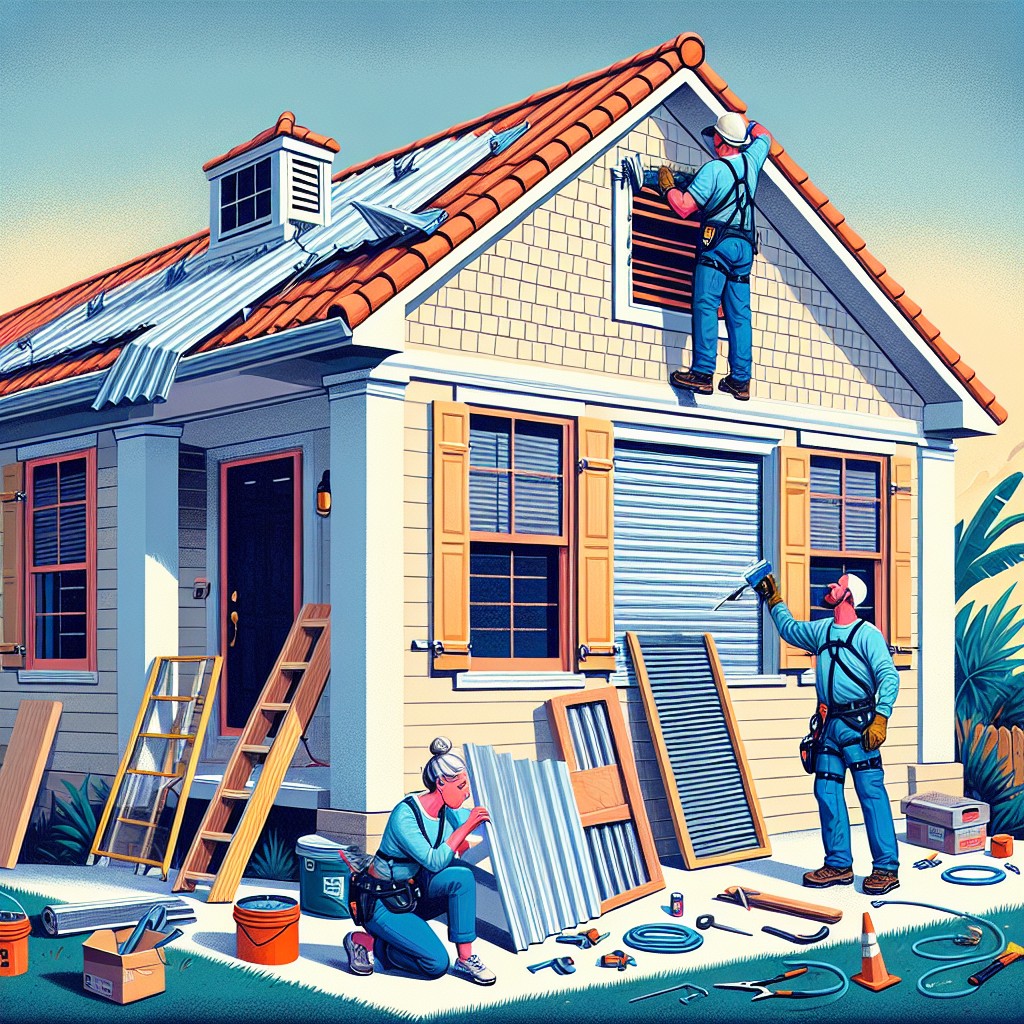
The My Safe Florida Home program provides financial assistance for certain home improvements that enhance hurricane resistance. It includes a free home inspection to identify necessary upgrades and the possibility of grant money to subsidize retrofitting costs.
The funding aims to ensure homes can better withstand the intense weather conditions Florida often faces, emphasizing the importance of preparation for homeowner safety and property preservation. Participating in the program may also lead to reductions in homeowners’ insurance premiums, as houses become less vulnerable to storm damage.
Ultimately, the goal is to fortify residential properties, safeguarding the community and minimizing the economic impact of hurricanes.
Eligibility Criteria for Homeowners
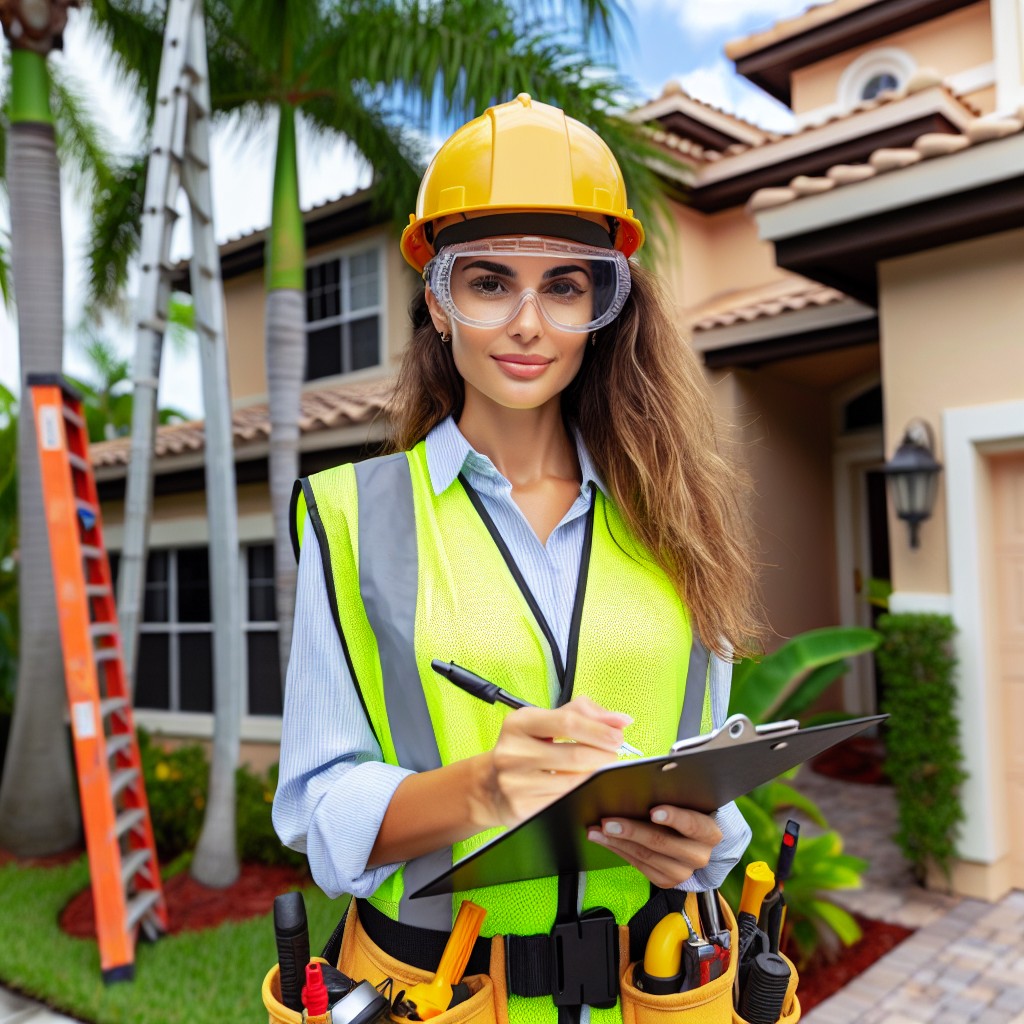
To participate in the My Safe Florida Home program, homeowners must meet specific requirements:
- Ownership: The applicant must hold the deed to a single-family, site-built home.
- Location: The property must be located in the state of Florida.
- Homestead: The home should have a homestead exemption, confirming it as the primary residence.
- Value: The assessed value of the residence must not exceed $500,000.
- Insurance: The homeowner must have a current property insurance policy.
- Previous Participation: Homes that have received prior program funding or benefits are typically ineligible for additional grants.
Meeting these criteria is the first step toward securing a safer home through the program’s resources and grant opportunities.
Steps to Apply for a Free Home Hurricane Inspection
To apply for a free home hurricane inspection, follow these straightforward steps:
- Visit the official My Safe Florida Home website to access the online application form.
- Check to ensure your area is within the program’s coverage.
- Fill out the application form with your personal information, including your full name, address, and contact details.
- Provide details about your home, such as its age, size, and construction type, to help assessors better understand your needs.
- Submit proof of homeownership, which can typically be a copy of your deed or property tax statement.
- Agree to the terms and conditions of the program, which outline your responsibilities and the scope of the inspection.
- Submit your application and wait for a confirmation email or call with further instructions on scheduling the inspection.
Types of Available Home Strengthening Improvements
Florida’s extreme weather necessitates that homes are fortified to withstand forceful elements. The improvements commonly subsidized include:
- Roof upgrades: Enhancing the roof’s ability to resist uplifting and water penetration during high winds.
- Reinforced door installations: Including sturdy, impact-resistant doors that can deter breaches by flying debris.
- Impact window fittings: Using specially designed windows that remain intact during hurricane-force winds.
- Shutter additions: Installing storm shutters to protect window openings during turbulent weather.
- Secondary water barrier applications: Applying a layer of protection to prevent water intrusion if the roof covering is blown off.
- Gable end bracing: Fortifying the triangular end of a home to prevent collapse under intense wind pressure.
- Wall-to-foundation anchors: Strengthening the connection between the walls and foundation to improve structural stability.
Each of these measures contributes to a home’s resilience against storms, potentially lowering insurance premiums and increasing property value. Program grants assist homeowners in implementing such upgrades to safeguard their homes.
How to Qualify for Program Grant Money
First and foremost, homeowners must have a detailed hurricane inspection conducted by an approved My Safe Florida Home contractor. The report from this inspection will determine eligible improvements that can be made to the home to enhance its ability to withstand hurricane damage.
To secure grant money, applicants need to adhere to the following criteria:
- Ownership and Primary Residence: The property in question must be the homeowner’s primary residence, not a rental property, vacation home, or secondary dwelling.
- Home Value Limitation: The just market value of the residence should not exceed the program’s specified cap.
- Matching Funds Requirement: Be prepared to match the grant funds, as the program typically covers a predetermined percentage of the total improvement cost, requiring the homeowner to co-invest in their property’s safety.
- Compliance with Building Codes: Proposed improvements must align with current Florida Building Code standards to ensure longevity and effectiveness against hurricanes.
- Contractor Selection: Use a contractor from the My Safe Florida Home approved list to ensure quality work that meets the program’s guidelines.
Applications are subject to review, and funds are distributed based on the program’s current budget and homeowner eligibility. It is beneficial to apply promptly after receiving your inspection report to stand the best chance of receiving grant assistance.
Impact On Purchase & Insurance Savings
Homeowners who invest in hurricane-resistant features may benefit financially in several key areas:
- Resale Value: – Enhanced features can increase home marketability. – Properties with hurricane-proofing may sell faster in storm-prone areas.
- Insurance Discounts: – Many insurers offer reduced premiums for homes with wind mitigation improvements. – Specific discounts vary by insurer and the level of protection installed.
- Long-Term Savings: – Upfront costs potentially offset by long-term insurance savings. – Lower risk of costly damage during a hurricane translates to savings on potential repairs.
- Peace of Mind: – Additional safety measures can lead to a feeling of security, which, while intangible, is an important homeowner consideration.
By focusing on these enhancements, homeowners not only protect their investment but also position themselves for potential financial advantages.
Recent Program Changes As of 11/13/23
As of November 13, 2023, there have been key updates to the My Safe Florida Home program:
- Increased Grant Amounts: Homeowners may now be eligible for higher grant totals to cover a greater portion of strengthening improvements.
- Expanded Eligible Improvements: The list of improvements covered by the program now includes additional hurricane-resistant features.
- Streamlined Application Process: The state has simplified the application steps for quicker processing and turnaround.
- Enhanced Contractor Accountability: New measures are in place to ensure contractors meet stringent quality and reliability standards.
- Wider Educational Resources: Homeowners have access to more comprehensive resources to make informed decisions about home improvements.
These changes aim to make the program more accessible and effective in protecting Florida homes against hurricanes.
Identifying My Safe Florida Home Approved Contractors
To ensure that your home improvements are performed correctly and qualify for program benefits, selecting an approved contractor is crucial. Here are key points to identify such contractors:
- Check the Official List: The My Safe Florida Home program maintains an updated roster of approved contractors on its website, which is the most reliable source.
- Look for the Seal: Approved contractors often display the My Safe Florida Home official seal on their marketing materials and websites.
- Verify Credentials: Beyond program approval, contractors should have valid state licenses, insurance, and any required local permits.
- Ask for Confirmation: When in doubt, ask contractors for proof of their participation in the program and cross-check with the official list or program contacts.
- Continual Training: Ensure the contractor receives ongoing training to adhere to the latest building codes and program standards.
- Homeowner Feedback: Seek out reviews from homeowners who have used the program’s approved contractors for insight into their experiences.
Using these points as a guide ensures that you connect with professionals committed to enhancing your home’s safety and compliance with the My Safe Florida Home program standards.
The Application and Inspection Process Overview
Upon successfully applying to the My Safe Florida Home program, homeowners are scheduled for a free hurricane inspection. A state-certified inspector visits the home to assess the current storm readiness. During this visit, inspectors evaluate the home’s structural features including the roof, windows, doors and overall construction for hurricane resistance.
Key points in the inspection process:
- The inspector examines roof shape, construction methods, and shingle attachment.
- Windows and doors are checked for hurricane impact ratings and proper installation.
- The connection points between the roof and walls are inspected for reinforcement that could prevent uplift.
- Garage doors are evaluated for their ability to withstand high winds.
After the inspection, the homeowner receives a detailed report outlining recommended improvements. This report is vital in deciding necessary upgrades and in applying for grant money to cover potential retrofitting costs.
If eligible for assistance, the next step is selecting an approved contractor to carry out recommended improvements. The homeowner can choose from the My Safe Florida Home contractor list, ensuring all work meets program standards for quality and compliance.
The Grant Approval and Follow-Up Procedures
Once your application for the My Safe Florida Home program is submitted and an inspection is completed, the grant approval process begins. Here’s what to expect:
- The program reviews your home inspection report and determines which improvements are eligible for funding.
- If approved, you receive official notification detailing the grant amount you’re entitled to.
- The notification includes the expected homeowner contribution and the next steps.
- You have a specified time frame to complete the improvements using an approved contractor.
- Keep all receipts and documentation from the contractor to verify the work is completed as per the program guidelines.
- After the improvements are made, a follow-up inspection or verification process ensures compliance and assesses the quality of work.
- Once compliance is confirmed, the grant funds are disbursed to you or the contractor, as per the program policies.
Remember to stay proactive – respond to communications from the program promptly, and schedule your follow-up verification without delay. Your active involvement is crucial to a successful grant approval and follow-up process.
Criteria for Choosing a My Safe Florida Home Approved Contractor
Selecting the right contractor is critical to ensuring quality work that meets the My Safe Florida Home program guidelines. When making your choice, consider these points:
- Licensing and Insurance: Verify that the contractor has a valid Florida license for the required work and carries appropriate insurance, including liability and workers’ compensation.
- Experience with the Program: Choose a contractor familiar with My Safe Florida Home to ensure they understand the grant process and can provide the proper documentation for your application.
- Specialization: Look for contractors who specialize in hurricane-proofing services such as roof enhancements, hurricane shutters, and impact-resistant windows.
- References and Past Work: Ask for and check references to evaluate the contractor’s track record for on-time completion and customer satisfaction.
- Warranty Offers: Inquire about warranties and guarantees on the workmanship and materials used, providing peace of mind for the longevity of the improvements.
- Communication: Open lines of communication are crucial. Consider contractors who explain the process clearly and answer your questions thoroughly.
Doing your due diligence in these areas will set the stage for a successful project under the My Safe Florida Home program.
Interpreting Contractor Reviews and Credibility
Evaluating contractor reviews calls for a discerning approach, especially when it involves the integrity of your home. Here’s how to interpret feedback effectively:
1. Look for Patterns: Is there a recurring mention of timeliness, craftsmanship, or customer service? Identifying consistent remarks in reviews can signal a contractor’s strengths and weaknesses.
2. Consider Response to Negative Feedback: How a contractor addresses criticism speaks volumes. Do they respond professionally and offer solutions, or is there a lack of engagement?
3. Check the Dates: Recent reviews are more indicative of current business practices than those from several years ago.
4. Verify Sources: Trust reviews from credible platforms where user authenticity is verified, like the Better Business Bureau or Home Advisor, as opposed to unverified third-party sites.
5. Examine the Scope: Reviews from homeowners who engaged in similar projects to yours provide the most relevant insights into what your experience might entail.
6. Seek Out Before-and-After Stories: Testimonials that detail the entire process from start to finish offer invaluable context that ratings alone may not provide.
By thoroughly assessing reviews, you’ll garner a clearer picture of credibility and set realistic expectations for your project engagement.
Comparing Impact Windows & Accordion Shutters Offered By Contractors
Impact windows and accordion shutters are two popular options for safeguarding homes against hurricanes. Here are some points to help understand their differences:
1. Construction: Impact windows are made with laminated glass that resists shattering, while accordion shutters are typically constructed from aluminum or steel and are installed externally.
2. Aesthetics: Impact windows provide a permanent, unobtrusive solution that doesn’t alter the home’s appearance. Conversely, accordion shutters are visible from the outside and require manual deployment before a storm.
3. Ease of Use: Once installed, impact windows require no action when a hurricane approaches. Accordion shutters, although relatively quick to set up, do need to be unfolded and secured.
4. Maintenance: Impact windows function as traditional windows and are low maintenance. Accordion shutters need occasional checks to ensure they operate smoothly when needed.
5. Cost Comparison: Generally, impact windows are a higher initial investment compared to accordion shutters, but they add more value to the property and can reduce energy costs due to greater insulation properties.
6. Security Benefits: Impact windows offer enhanced security against break-ins due to their strength, while accordion shutters, when closed, also provide a formidable barrier against forced entry.
When discussing options with My Safe Florida Home approved contractors, ensure they detail the warranty, life expectancy, and certification of the products offered.
The Importance of Obtaining Multiple Contractor Quotes
Sourcing several quotes allows homeowners to compare not just prices, but also the scope of services each contractor offers. This critical step can reveal variations in warranty terms, projected timelines, and materials used. It also provides leverage during negotiations, as contractors may be willing to match or beat their competitors’ offers to secure the job.
Additionally, evaluating multiple proposals can offer insights into the professionalism and responsiveness of prospective contractors, which are key indicators of future project success. Remember, lower cost doesn’t always equate to better value, so consider all factors alongside price to make a well-informed decision.
Steps to Take After Signing With a My Safe Florida Home Approved Contractor
Once you’ve signed an agreement with an approved contractor, your next steps are crucial to ensure a seamless project execution:
1. Documentation: Secure copies of the signed contract along with any permits, warranties, or product information provided by the contractor.
2. Timelines: Clarify the expected start and completion dates for your project. Request a timeline if one hasn’t been provided.
3. Communications: Exchange primary contact information to facilitate smooth communication throughout the project. Agree on the frequency and mode of updates.
4. Preparation: Discuss with the contractor how to best prepare your home for the upcoming work. This may involve moving furniture or securing fragile items.
5. Payments: Understand the payment schedule as outlined in the contract and adhere to it, noting any milestones that must be met for subsequent payments.
6. Change Orders: Familiarize yourself with the process for making changes to the work scope once the project commences. Know the potential costs and delays associated with change orders.
7. Post-Installation Inspection: Arrange for the contractor or a third-party inspector to review the completed work to ensure it meets quality standards and program requirements before making the final payment.
8. Grant Submission: Prepare all necessary documentation to submit for grant reimbursement if applicable. Your contractor should provide detailed invoices and proof of payment.
9. Feedback: After project completion, consider providing feedback about your contractor to the My Safe Florida Home program to aid future homeowners in their decision-making process.
Top My Safe Florida Home Approved Contractors in Palm Beach and Broward
When seeking a contractor in Palm Beach and Broward for the My Safe Florida Home program, prioritize those with a solid track record for quality workmanship and customer satisfaction. Look for contractors specializing in hurricane-resistant modifications, including impact windows and strengthened roofing systems.
A notable mention is WindSafe Hurricane Shutters, well-regarded in Palm Beach for its extensive range of storm-proofing options. Another commendable choice is Armor Screen Corp, which offers innovative solutions like see-through hurricane barriers, popular among Broward homeowners for maintaining aesthetics while enhancing safety.
Furthermore, Broward-based homeowners consistently praise Atlantic Armor for their expertise in custom-designed storm systems. Remember, a reliable contractor will provide a detailed estimate, time frame for project completion, and explain the available warranties on their work. Always perform due diligence, checking licensing and insurance details, before committing to a service provider.
How to Book an Appointment With a Regional Manager
To book an appointment with a regional manager for the My Safe Florida Home program, homeowners should follow these steps:
- Visit the official My Safe Florida Home website to access the regional office directory.
- Select the county from the provided list to find the contact details of the regional manager responsible for your area.
- Prepare any relevant documentation, such as proof of ownership, current home insurance policy, and any previous inspection reports.
- Contact the regional manager via phone or email. It’s advisable to reach out during business hours for a quicker response.
- Provide necessary homeowner information such as name, address, and the nature of your inquiry or intention to participate in the program.
- Schedule an appointment based on the mutual availability of you and the regional manager. Keep a note of the date, time, and location (if in-person) or the call details (if remote).
- Confirm the appointment a day before to ensure the meeting proceeds as planned.
By following these steps, you will be able to set up a meeting to discuss the My Safe Florida Home program further and kickstart the process toward securing your home against hurricanes.
Understanding the Inspection Report
The inspection report is a critical document that outlines the current status of your home’s hurricane resistance features. It includes an assessment of your roof, walls, windows, and doors with respect to their ability to withstand severe weather conditions.
Here are key points you’ll find in the report:
- Overall Condition: A summary of the general state of your home’s structural integrity.
- Vulnerability Points: Identified areas that are most susceptible to damage from a hurricane, such as older windows or a non-reinforced garage door.
- Photographic Evidence: Images supporting the inspector’s findings, offering a visual reference of potential problem areas.
- Mitigation Recommendations: Specific suggestions on how to improve your home’s safety, like adding storm shutters or reinforcing roof-to-wall attachments.
- Estimated Costs: Projected expenses for recommended upgrades and an indication of the potential insurance savings post-improvement.
- Grant Eligibility: An overview of potential financial aid through the My Safe Florida Home program to offset the costs of making upgrades.
After reviewing the inspection report, homeowners should consult the approved contractor list to start planning for possible improvements.
Securing Grant for Home Strength Improvements
After the free home inspection, the program may offer you grant assistance to undertake recommended improvements. Here’s how you secure the grant funding:
- Await your inspection results, which detail your home’s vulnerabilities and provide a list of suggested measures to enhance its strength against hurricanes.
- Review the list of improvements that qualify for the My Safe Florida Home grant, which covers up to 75% of the cost, capped at $10,000.
- Choose the improvements you wish to implement from the provided list.
- Submit the Grant Award Agreement, including specified documentation like proof of property ownership and confirmation of your homestead exemption status.
- Wait for the program’s approval of your Grant Award Agreement. Remember, the grant is awarded on a first-come, first-served basis, subject to the availability of funding.
- Once approved, proceed with selecting a My Safe Florida Home-approved contractor to carry out the work within the specified time frame to ensure grant eligibility.
Remember, timely application after your inspection heightens your chances of securing grant funding for your home improvement needs.
FAQ
Is my safe fl home legit?
Yes, My Safe Florida Home is a legitimate program authorized by the Legislature to provide eligible homeowners a matching grant for hurricane mitigation projects.
How long does it take to get approved for my safe Florida home?
The approval process for My Safe Florida Home typically takes up to three months.
Is my safe Florida home still available?
No, the My Safe Florida Home Program is not currently available as it is not accepting any new grant applications until further funding is secured.
What is the $10000 grant for Florida homeowners?
The $10,000 grant for Florida homeowners is offered under the MSFH program to support the retrofitting of homes for storm mitigation, thereby enhancing weather resistance and contributing to a reduction in property insurance premiums.
What are the eligibility criteria to apply for the My Safe Florida Home grant?
The eligibility criteria for the My Safe Florida Home grant includes being a homeowner in Florida, living in a single-family, residential property, and the property must have an insured value of $300,000 or less and have a valid homestead exemption.
Are there specific building codes or regulations to meet for the My Safe Florida Home program?
Yes, the My Safe Florida Home program has specific building codes and regulations including strict wind-resistant guidelines that must be met.
Can the My Safe Florida Home grant be utilized for window replacements or upgrades?
Yes, the My Safe Florida Home grant can be used for window replacements or upgrades to improve hurricane resistance.
Recap
